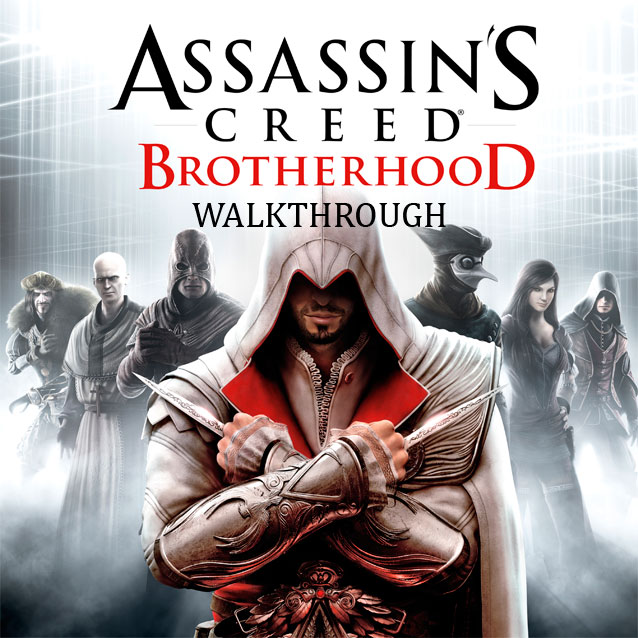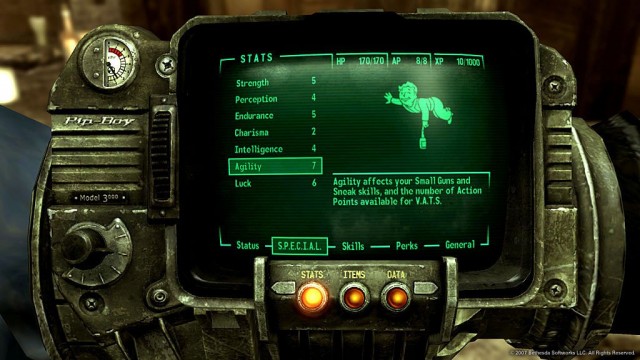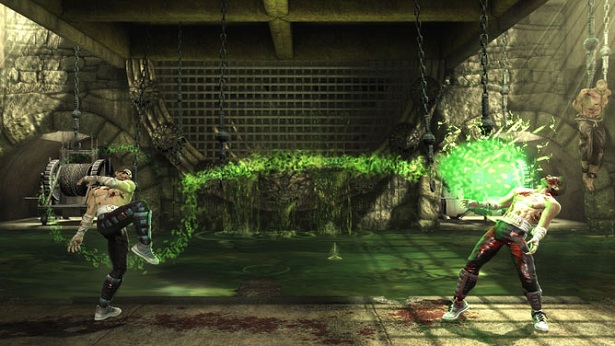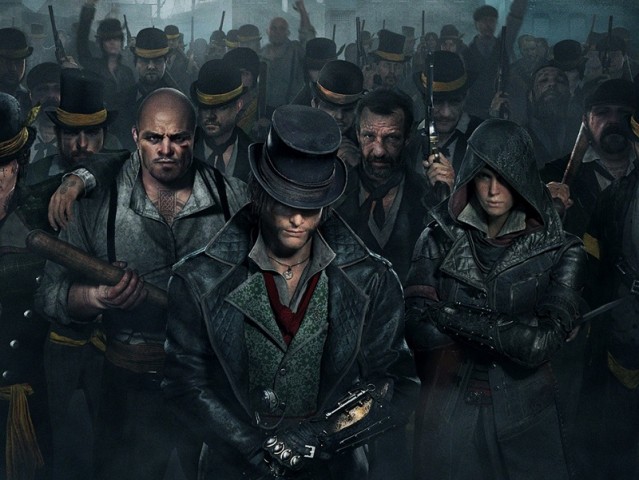

Steampunk is a recognizable aesthetic characterized by steam power and Victorian fashion. The Order: 1886 claims not to be steampunk, but it certainly looks like it. If you can’t wait to play it, or if you believe it isn’t, here are some steampunk games that you can play instead.
When trailers for Ready at Dawn’s new game The Order: 1886 hit the web, the word “steampunk” immediately leapt to mind as a convenient descriptor. It’s set in Victorian England with advanced technology, so it was an easy association to make.
However, Ready at Dawn co-founder Ru Weerasuriya told Joystiq that the very people making the game deliberately avoided what he calls “the s-word.” Their rationale is that calling The Order steampunk brings with it certain connotations that they didn’t want associated with their game. Instead they call it “Neo-Victorian.” Six of one, half-dozen of the other, if you ask me. But whatever; Ready at Dawn’s game, Ready at Dawn’s prerogative.
The term “steampunk” comes from the idea that, in a steampunk world, steam is the primary source of power. Some of it is inspired by Jules Verne and H.G. Wells, and borrows some Victorian elements. The “-punk” suffix originated in the word “cyberpunk,” which characterized a world of high technology and low lives. So steampunk in its purest form is a Victorian aesthetic and steam-powered machinery with story focus on the lives of ordinary individuals within such a society.
There have been a number of games that fit this description. With that in mind, here are a few steampunk games you can play instead of The Order: 1886:
“Blessed be the Forge that gives shape unto metal, and steam unto the boiler.” The entire Thief series is a mix of steampunk and Medieval Gothic. The second game is the one where the punk-y tropes stand out the most.
Master thief Garrett gets caught up in the schemes of the Mechanist cult, an extremist religious sect that views machines as the inheritors of the land. Garrett encounters numerous steam-driven bots and clockwork security cameras made by the Mechanists. Garrett fits the profile of the lowly main character in this land of evolving tech.
We just can’t seem to leave Alice in Wonderland alone. When it comes to dark adaptations of classic literature, they don’t come much darker than American McGee’s Alice. This version is Alice Liddell, an orphan with serious mental health issues whose subconscious manifests as Wonderland.
There are some steampunk elements in the first game, but it comes to the forefront in the sequel. Alice, now the resident of a mental institution, must fight the Infernal Train, a massive moving monstrosity that looks like a cross between a cathedral and a steam engine.
Something about these settings invites horror, it seems. The original Amnesia had a few steampunk elements, if you squinted, but they are much more prominent in the sequel. The game is set on the eve of World War 1, an accepted endpoint for the real-world period associated with steampunk.
Even the title gives it away: The greatest horror in the game is the massive, steam-powered machine that… I’d better not say any more lest I give something away. Machine for Pigs uses steampunk to invoke horrors specific to a time period, to great effect.
This game is set in a world that looks like it’s transitioning out of a steampunk era. Whale oil is pushing things towards an industrial revolution, and I’ve seen it described as “whalepunk” for that reason. But I do see heavy steampunk influence in the architecture, costumes, and weaponry.
It’s a fantastical setting, with hero Corvo handling clockwork mechanical devices that are powered by magic. The dystopian setting is also characteristic of “punk” settings, as it is about the lives of the lower classes in the society.
You want robots? This game has them. Machinarium, a point-and-click indie game, really puts the “steam” into their steampunk. The entire game looks like it is set inside a giant metal boiler. You play one such robot, a little guy named Josef who’s been thrown out onto a scrapheap. He must overcome the machinations (sorry, I couldn’t resist) of the Black Cap Brotherhood, who are currently holding his girlfriend hostage.
The beautifully drawn backgrounds show a world of wrought iron, crumbling bricks, and steam pipes holding everything together.
The original Bioshock definitely had a steampunk kind of look. But it’s this game, Bioshock Infinite, which feels more like a classic example of the genre. The city of Columbia, floating high in the sky, has steampunk robots and Victorian-era fashion and weaponry.
Infinite is much brighter visually than the other games, and feels more like an adventure. Still, the underpinning conflict is literal class warfare; and protagonist Booker is an anti-hero detective with a very dark past, fitting the mold of punk heroes.
If you think one of these games isn’t steampunk, or you have a favorite that I’ve forgotten, let me know in the comments below!




 12 Social Media Facts and Statistics You Should Know in 2016
12 Social Media Facts and Statistics You Should Know in 2016 How To Connect Pip-Boy Companion App To Fallout 4
How To Connect Pip-Boy Companion App To Fallout 4 6 Ways PlayStation Now Can Be a Success
6 Ways PlayStation Now Can Be a Success Mortal Kombat (2011) Walkthrough
Mortal Kombat (2011) Walkthrough Sequence 4 - Playing it by Ear: Assassin's Creed: Syndicate Walkthrough
Sequence 4 - Playing it by Ear: Assassin's Creed: Syndicate Walkthrough